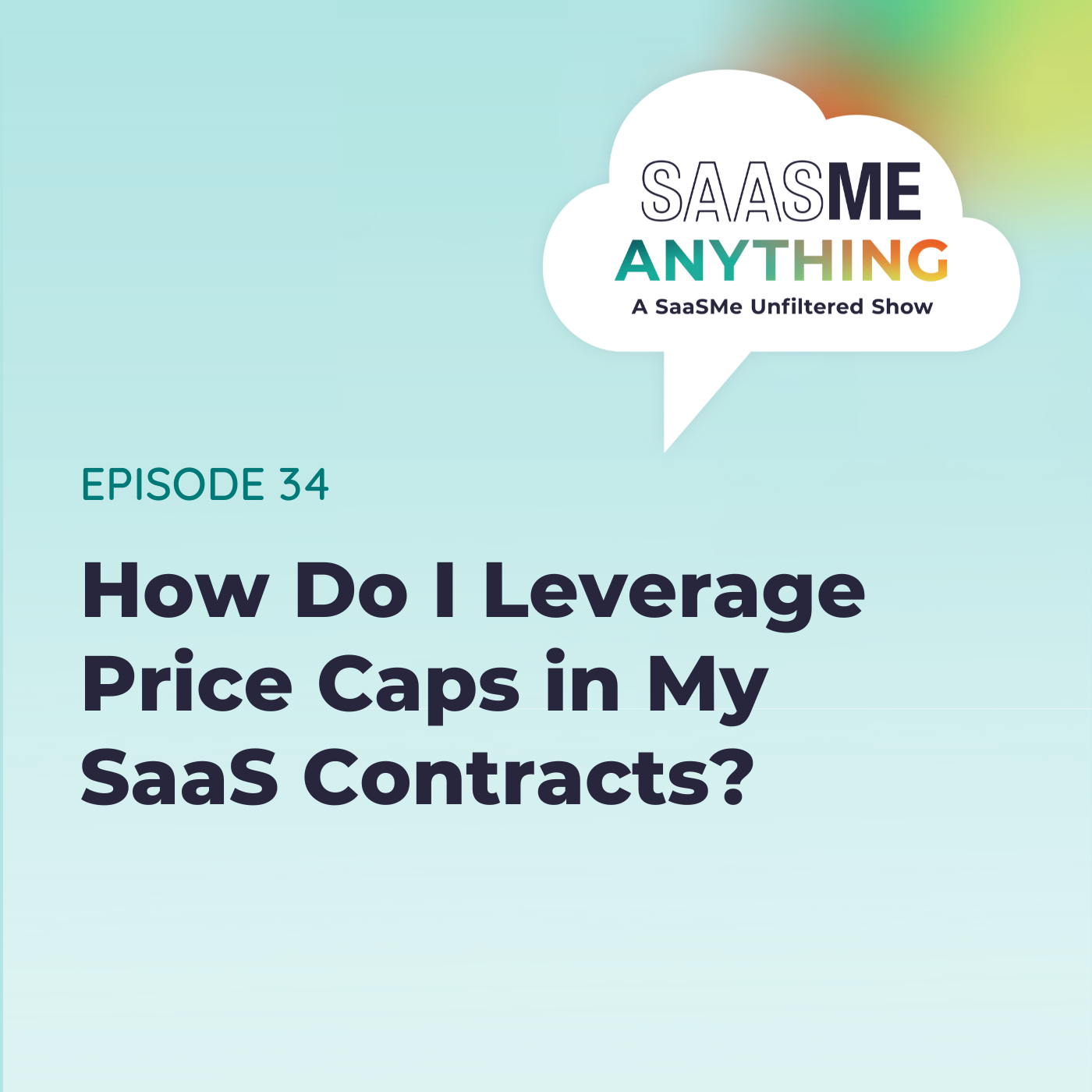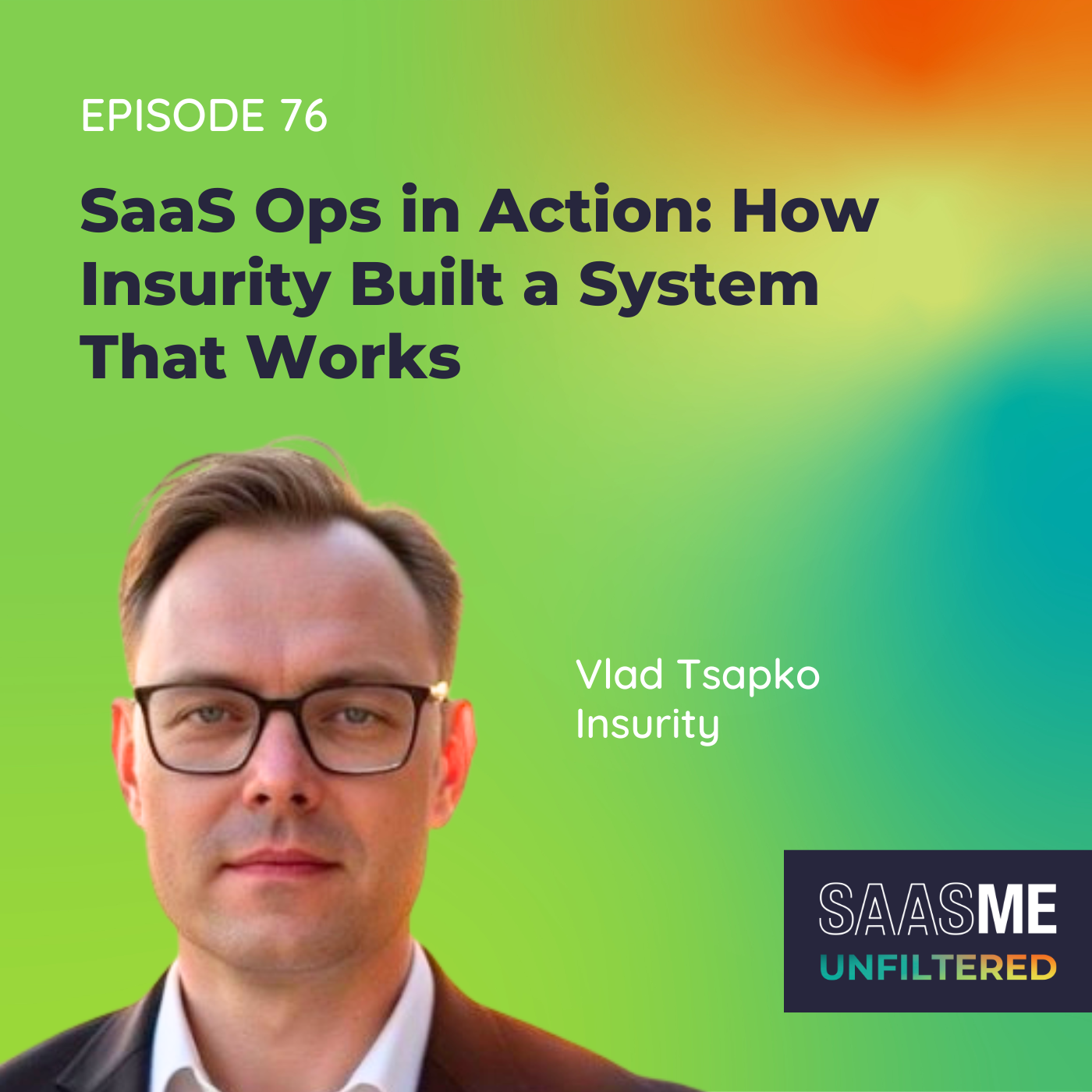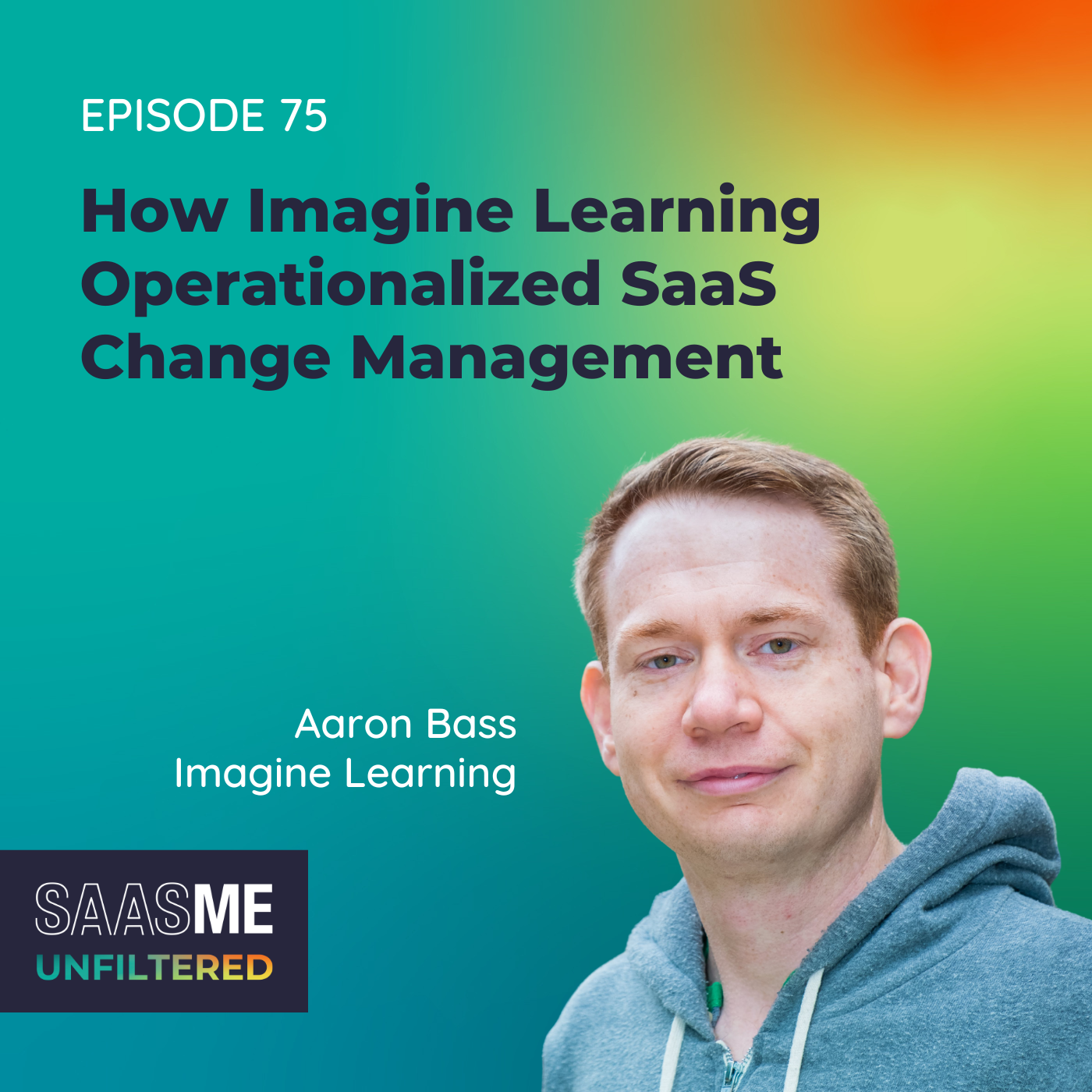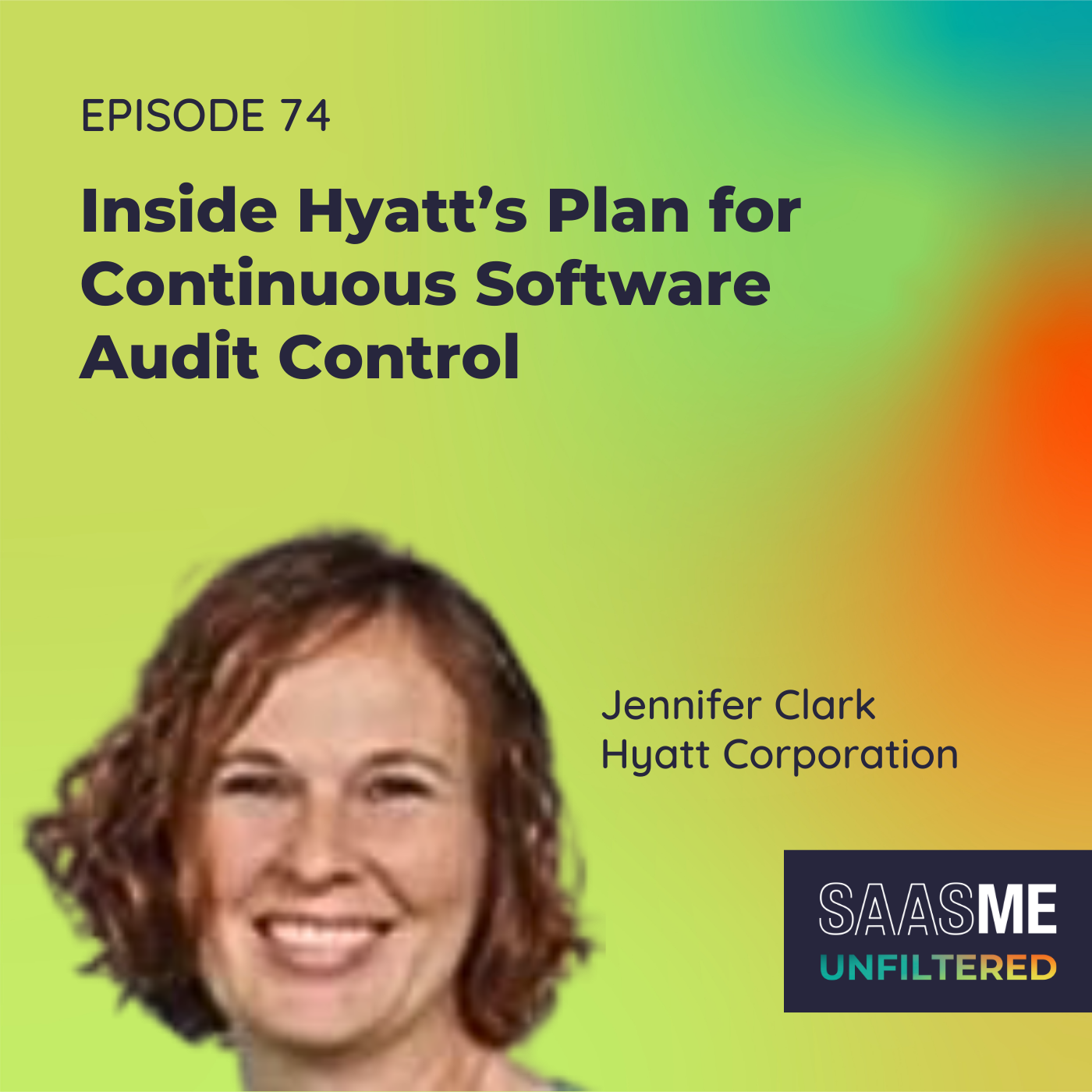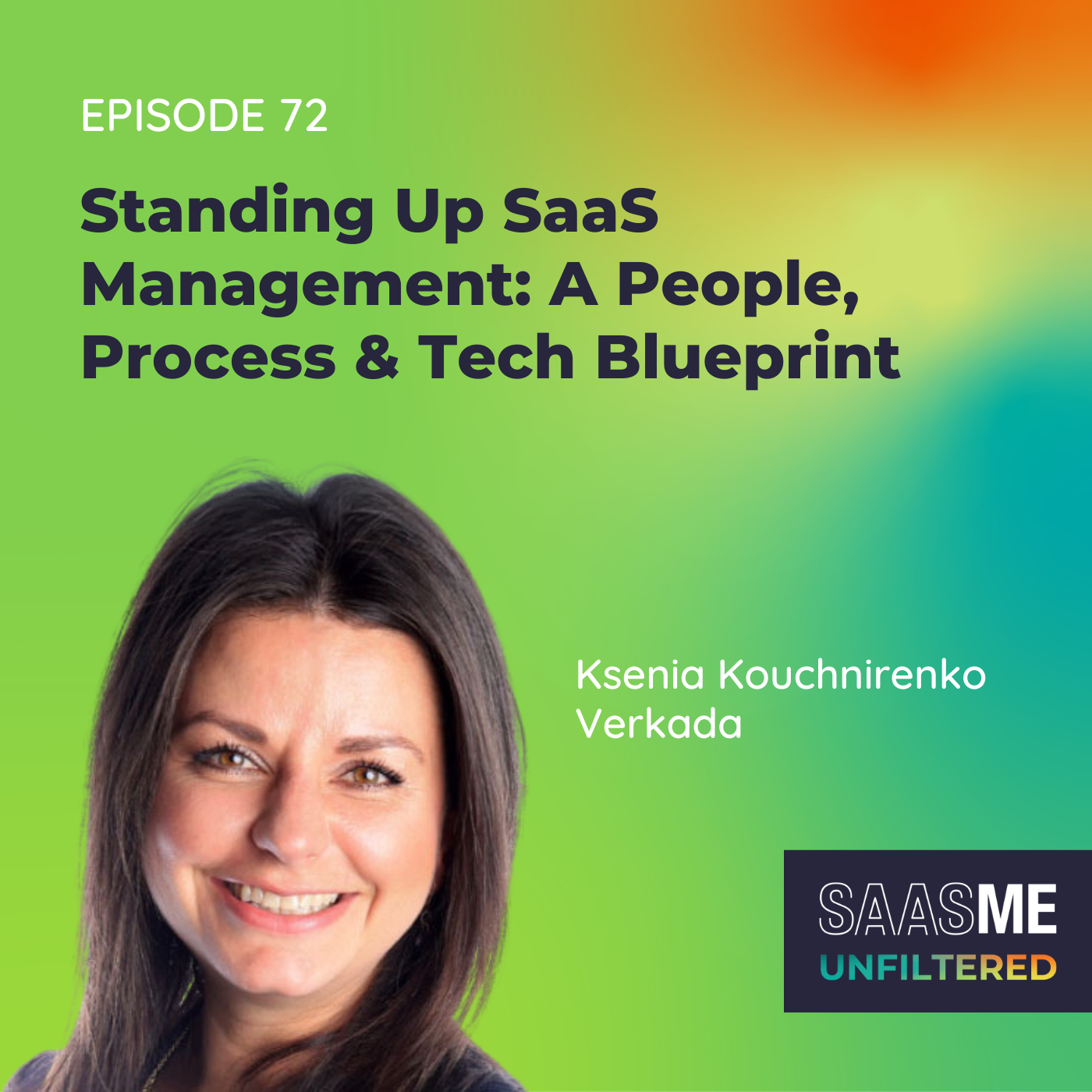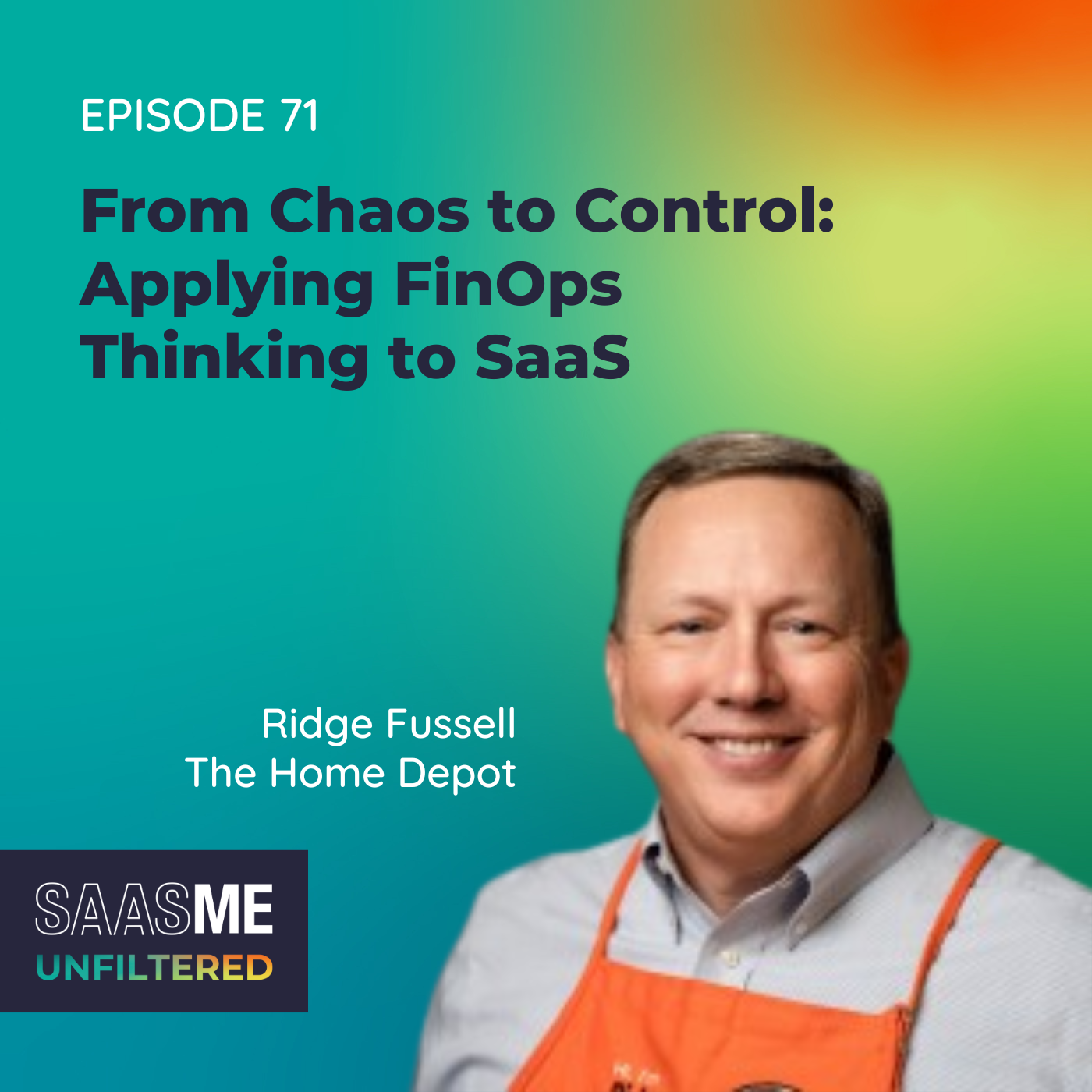How Do I Leverage Price Caps in My SaaS Contracts?
- 0.5
- 1
- 1.25
- 1.5
- 1.75
- 2
Ben Pippenger: All right. Hey, everybody. Ben Pippenger here on this episode of SaaSMe Anything. I'll be covering the question of, "How do I leverage price caps in my SaaS contracts?" Two key areas I'll be digging into, number one is the definition of price caps and number two are providing a couple tactics for how you can get started in putting price caps into your agreements.
Ben Pippenger: So first and foremost, what the heck is a price cap? Well, SaaS companies may ask for pricing increases on an annual basis as you're going into renewal conversations with them. They'll typically justify those price increases for a number of things. One would be inflation, second would be just their cost of business has gone up, and third would be any of the free features that they've added into their product as it matured and as you continue to use it. Well, price cap is setting the annual limit on what those price increases would be. You can see these across both user license- based applications, so things like your Salesforce licenses or seats that you're going to be taking up, or consumption- based licenses. So if you're buying things in bulk and using them like emails or text messages or compute units that you're burning through, you can set price caps on both of those things.
Ben Pippenger: Now, typically a price cap will only cover the existing capabilities that are maybe added into the platform that you purchased. So maybe your vendor added a new wizard or a new email editor that just comes with the platform, those would typically be covered by your price caps. If they added something new that they're charging for, maybe as an upsell or an add- on product, those would fall typically outside of your price caps. Now, what happens if you don't put this in place? There's a couple things that you could be at risk for. Number one is just ever- growing software prices, Gartner's projecting that software spend is going to grow 15 to 20% annually into the foreseeable future. Secondarily, if you don't put something in place, you could find yourself in a budgeting nightmare where you go to have renewal conversations with your vendor and all of a sudden, they're asking you to pay more money that you haven't budgeted for, and you could just find yourself in a pretty sticky situation.
Ben Pippenger: So what do you do? How do you start? How do you leverage the right price cap? How do you have these conversations with your vendor? Well, my recommendation would be, as you're negotiating and you're wanting to put a price cap into your contract, start with the consumer price index. What the CPI is going to do is going to allow you to look at inflationary pressure, what does inflation look like? And really looking at that and saying your price can't go above what the CPI is, helps protect you outside of just inflation. Now, what if you go into negotiation with your vendor and they come back and they want a price increase over what the CPI is and they're justifying maybe, " Hey, we've added all these great new features. We see you've adopted these features. You're getting a ton of value out of them." Well, maybe that's the case. I should go look at the software that we're using. What new features are there? Are we getting value from it? Are there quantifiable metrics that I can look at? And if those things are all true, I would definitely be open to the conversation with your vendor and talk through what makes the most sense for your go forward plan.
Ben Pippenger: Another scenario might be if you're an early adopter of a software product. So let's say you found a product that you thought was super innovative that you wanted to start to use and that vendor cuts you a sweet deal because you're one of the first handful of customers. In return for that, you're maybe not paying the full price but you're providing feedback to the product team. You're looking at their roadmap, you're giving them direction, and you're providing value in that way. Well, over time, assuming that company has grown, they found product market fit, and everyone's finding a lot of success with using their product. You should expect that that vendor's going to come back to you and ask for more money over time for the value that you're getting out of that product. If that doesn't happen and you're still paying sort of rock bottom rates, there is over time going to be an imbalance of value and like most relationships, if that happens, that's going to lead to an unhealthy partnership. So if that happens and you end up leaving that particular vendor. You have to go to market to find the capabilities to replace it, I can pretty much guarantee you're going to be paying much more than you were. So you might as well take advantage of that relationship and that partnership and make sure that the balance of value is equal.
Ben Pippenger: So what's the bottom line here? Bottom line would be if you aren't negotiating SaaS price caps into your contracts, you definitely should be. Make sure you're looking for that language in your contracts. If it's not there, look to add it. Start with the CPI and go from there. And then finally, just make sure those price caps over time are tied to the value that the software delivers back to your business. That's it for me today and we will catch you next time.
DESCRIPTION
If you feel like software is costing you more and more, it’s not a figment of your imagination. It’s a real phenomenon – and according to Gartner will continue at a rate of 15-20% annually. How do you curb steep and unexpected price increases at renewal time? Set a price cap in your SaaS contract. In this episode, Ben Pippenger explains what price caps are, why they’re important, and tips to determine the best price cap for your business.
Have a question you’d like answered on SaaSMe Anything? Submit yours here.
Key Takeaways:
- [00:08-00:29] Introduction
- [0:29-01:18] What is a price cap?
- [01:19-01:41] What a price cap covers
- [01:42-02:09] Potential risks to consider
- [02:11-03:09] How you can leverage the right price cap
- [04:16-04:37] If you’re NOT negotiating Saas price caps, you should be
SaaSMe Anything is the bi-weekly podcast that brings clarity to the chaos of SaaS, hosted by your resident SaaS expert and Zylo co-founder Ben Pippenger. Connect with Ben on LinkedIn here.

